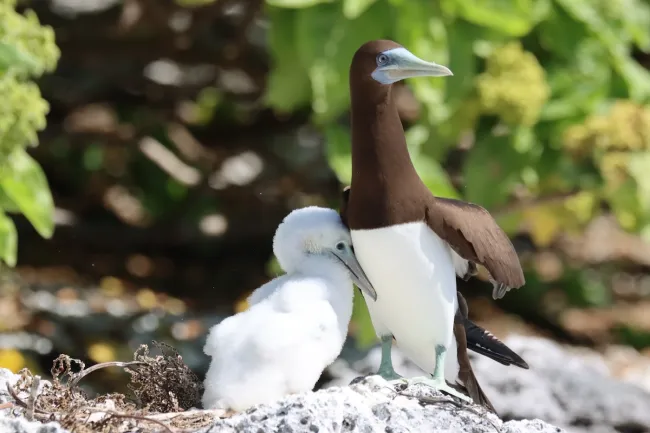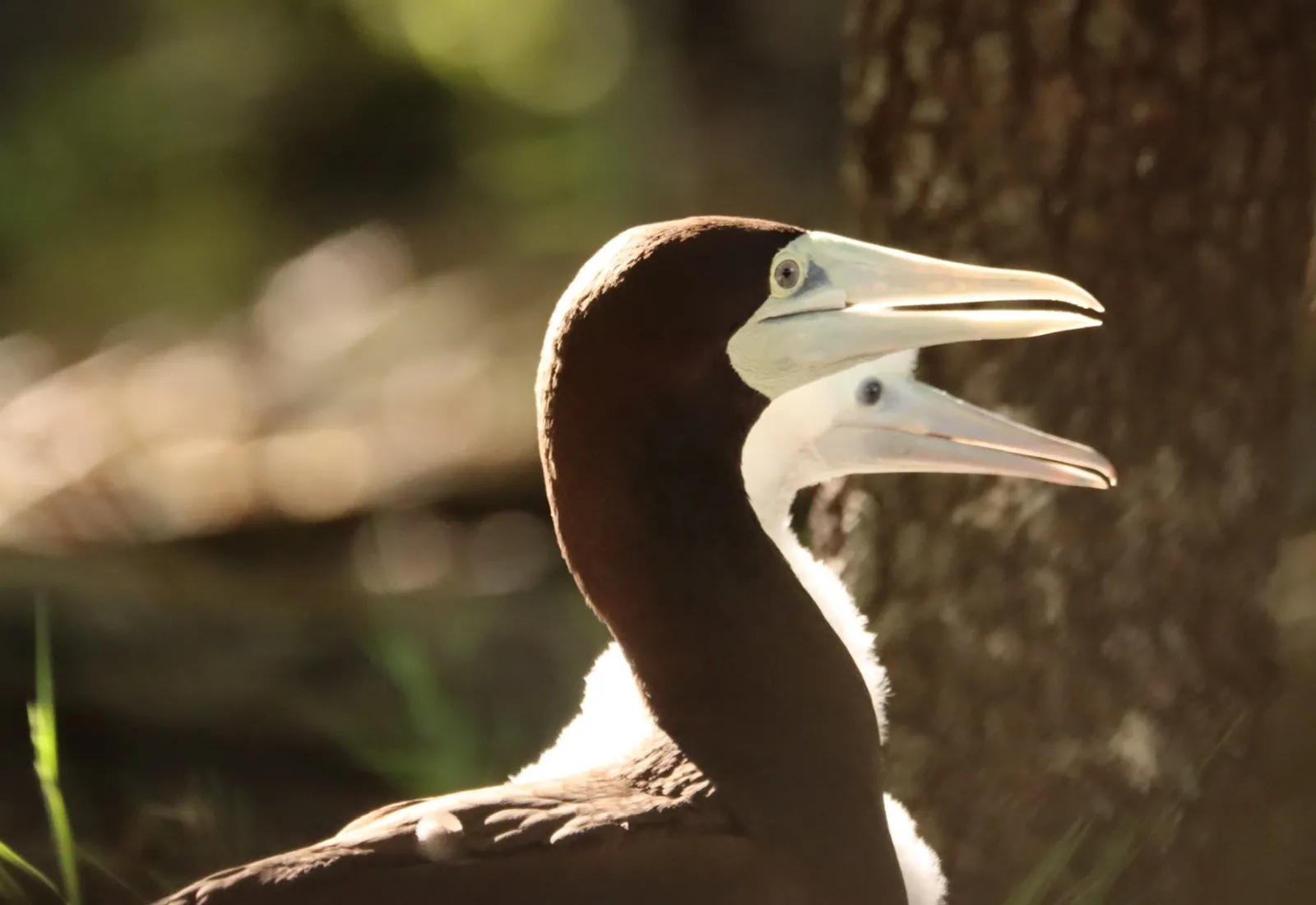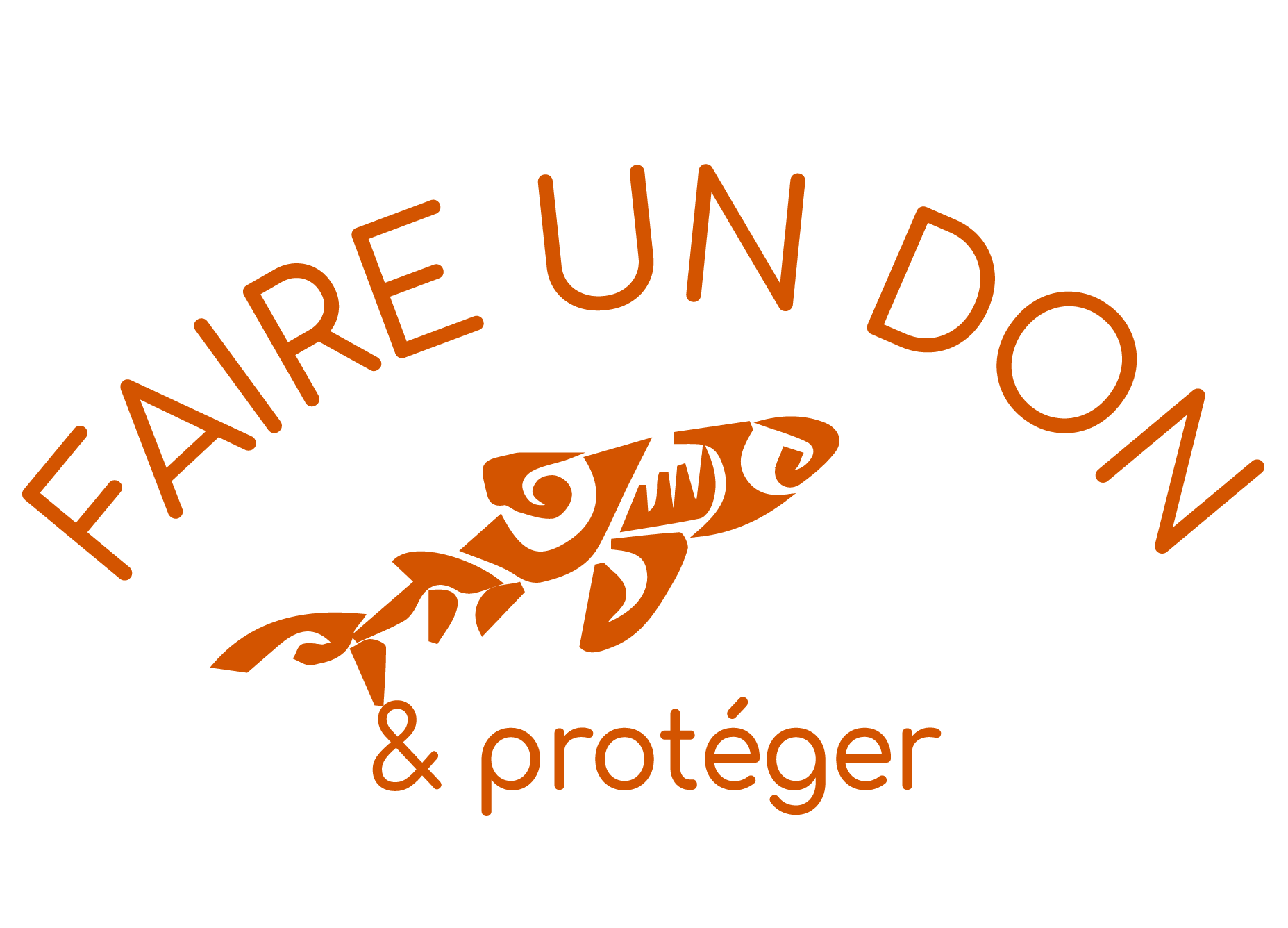In February, May, August, and November of 2023 we carried out our quarterly monitoring of the seabirds of Tetiaroa. This monitoring, initiated in July 2021, makes it possible to assess the effects of the atoll restoration program on seabird populations.

The number of nests, eggs, chicks, juveniles and adults of each species of bird is counted around the perimeter of each of the 11 motu (plus a small portion of Onetahi – the hotel area is excluded to avoid disturbing guests), as well as along interior transects in some motu (Tiaraunu, Tahuna Iti, Aie and Reiono). As a result, a total of approximately 35 km (divided into 100m transects) is covered each quarter. For each nest or roosting bird we also identify the species of tree used, with the aim of informing the Tetiaroa habitat restoration program. This has allowed us to quantify some clear habitat preferences; for example, of the 9,856 seabirds counted during one monitoring period, only 2.7% were nesting or roosting in coconut palm (one of the dominant vegetation types on Tetiaroa), indicating that coconut palm is poor nesting/roosting habitat for seabirds.

This monitoring program also aims to quantify spatio-temporal variation in nutrient deposition by seabirds, via their guano, in order to inform the monitoring carried out on other compartments of the Tetiaroa ecosystems by other teams participating in the TARP program (e.g., coral microbiomes, algae composition, chemical signature of groundwater, etc.). This year this monitoring program allowed us to document some initial signs of seabird recovery following the rat eradication.
For example, we detected a significant increase (x 2) in the number of white tern nests on motu previously invaded by rats – likely because white tern nests and eggs had a substantially higher survival once the rats were gone, increasing the number detected during our counts. It also allowed us to detect the first brown noddy nests in Oroatera and Tiaraunu. Although still anecdotal, these observations indicate that seabirds recovery/recolonization is already underway thanks to the rat eradication program.




